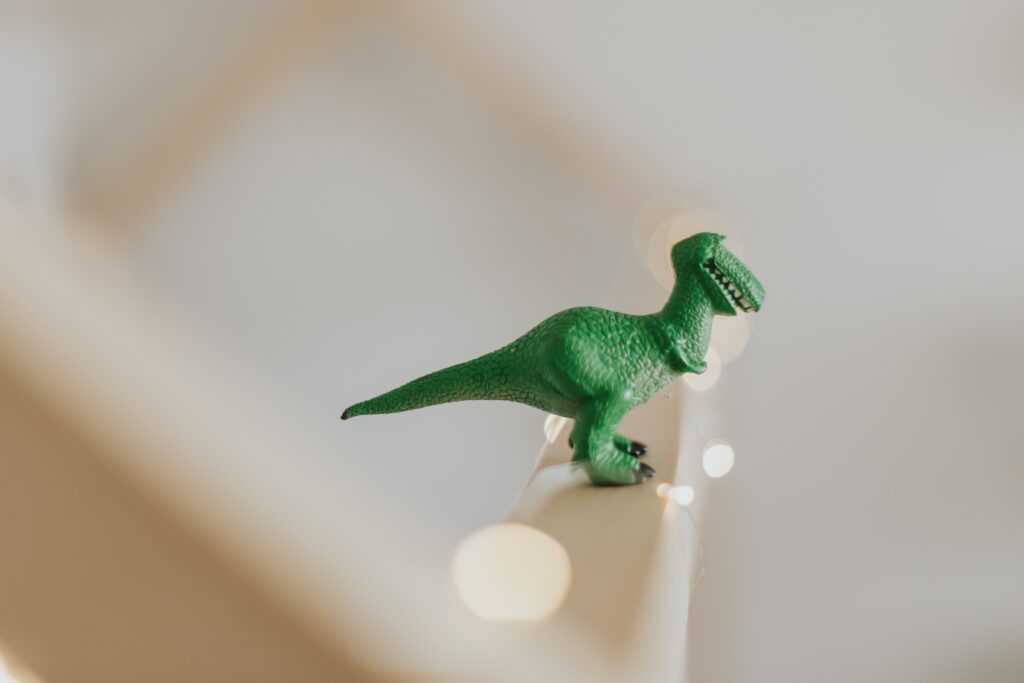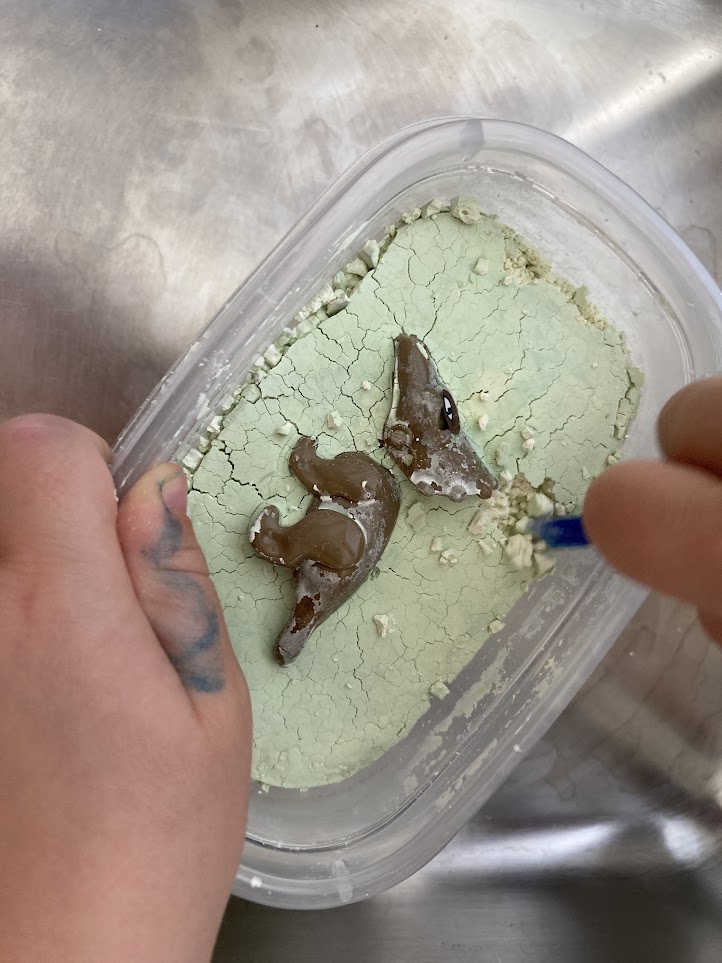Paleontology, Dinosaurs, and Woolly Mammoths
We had an opportunity to visit the La Brea Tar Pits Museum in Los Angeles. Evidently, it stands as the singular, ongoing, urban Ice Age excavation in the world. The museum has an extensive collection of paleontological discoveries, like ground sloths, mammoths, saber-toothed tigers (cats), and more. I felt a little bit nervous about whether my daughter would become bored during our museum visit and whether it would indeed be worth it. This led to a series of discussions and lessons revolving around paleontology, dinosaurs, mammoths, sloths, and saber-toothed tigers. We did this over several weeks to prepare for our visit to the museum.

What are dinosaurs and woolly mammoths?
There were no dinosaur bones in the museum we were visiting, but other nearby museums have impressive exhibits about dinosaurs. So, I decided that it was a great opportunity to incorporate dinosaurs into our lessons and learn more about them. One of our favorite books is ‘The Big Book of Discovery: Explore Animals, the Human Body, Dinosaurs, and Outer Space!’ It features an extensive section about dinosaurs, where we learned that they encompassed various types. Some were herbivores, while others were carnivores. Some could fly, while others swam or ran at remarkable speeds.
We also watched the Disney movie “Ice Age” to get introduced to woolly mammoths and saber-toothed tigers. The movie also provided my daughter with insights into Earth’s conditions during the Ice Age, including movements of tectonic plates, shifts in sea levels, and climate changes.
We learned that both dinosaurs and woolly mammoths went extinct a long time ago. Nevertheless, scientists and explorers worldwide continue to unearth their fossilized remains through excavation. To learn more about paleontology, we found a great book, “Curious George’s Dinosaur Discovery.” Through this book, we gained further insights into how scientists discover and excavate ancient fossils.
Preservation
In regions like Siberia, Russia, and Yukon, Canada, the frigid climate has preserved entire mammoth bodies in ice (or permafrost). During a car ride with my children, I shared these interesting stories with them. My eldest was fascinated that these mammoths remained perfectly preserved in the frozen ground for about 30,000 to 42,000 years, with even their soft tissues, skin, and hair still intact. This is amazing, because in most other parts of the world scientists typically find only fossilized bones.

Inspired by these stories, we decided to conduct a science experiment at home to understand how ice preserves things. Using two strawberries, we placed one in the freezer and another on the kitchen counter. The strawberry on the kitchen counter quickly turned rotten within a couple of days, while the frozen one remained remarkably well preserved. This simple experiment helped my daughter grasp the concept of why animals found in permafrost don’t undergo decomposition. Essentially, the preservation of these animals is due to the same principle that keeps the frozen strawberry from rotting.

Excavation
Inspired by Curious George, we did a pretend-play adventure to search for dinosaurs. I purchased small dinosaur figurines and hid them in the dirt and sand.
During this scavenger hunt my daughter, pretended she was a young explorer, determined to uncover dinosaur bones or hidden dinosaurs. Some of the figurines required delicate excavation from the dirt, while others were concealed within the sand.

To further mimic the experience of discovering fossils, I encased a couple of dinosaur figurines in a small container filled with homemade play dough, which later dried on the kitchen counter, transforming into a rock-hard-like structure. Using a small chisel, my daughter chipped away the “rock” to reveal dinosaurs beneath. This activity ended up being a smashing success!


Inspired by the stories about baby mammoths, we placed the last dinosaur figurine in a small container and stored it in the freezer for a couple of days. My child excitedly excavated the toy dinosaur from the icy encasement, pouring water on a chunk of ice to melt it.


Learning about dinosaurs and woolly mammoths taught us so much about our planet’s past. We can build on these ideas and experiences to further understand life on Earth.
Subscribe to our Newsletter
Thank you!
You have successfully joined our subscriber list.